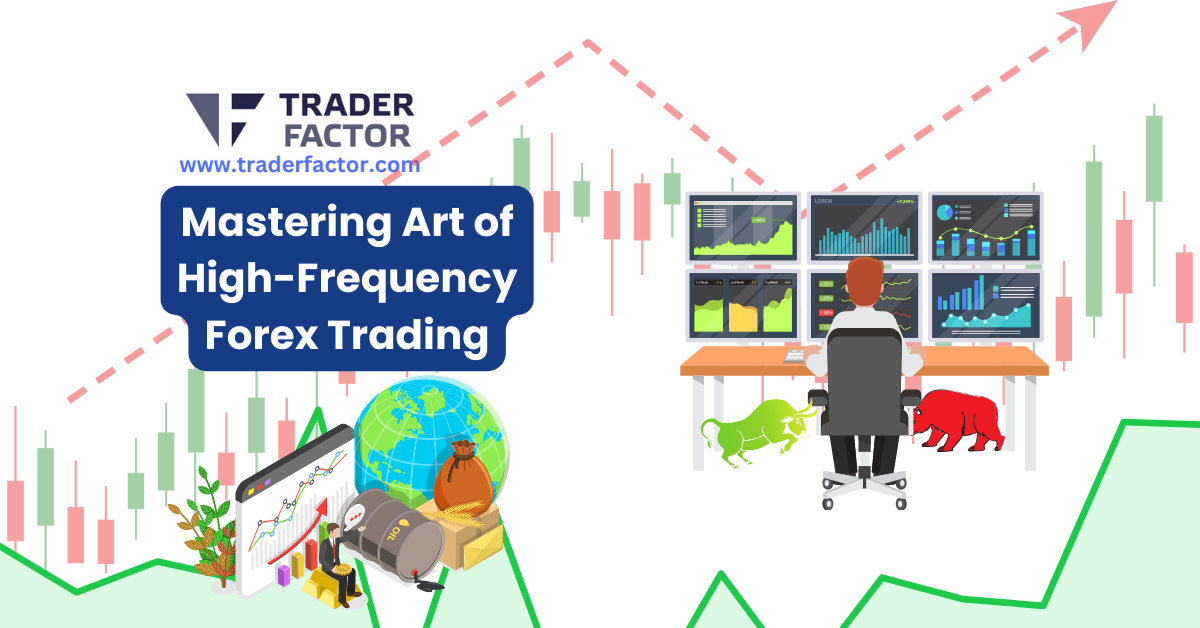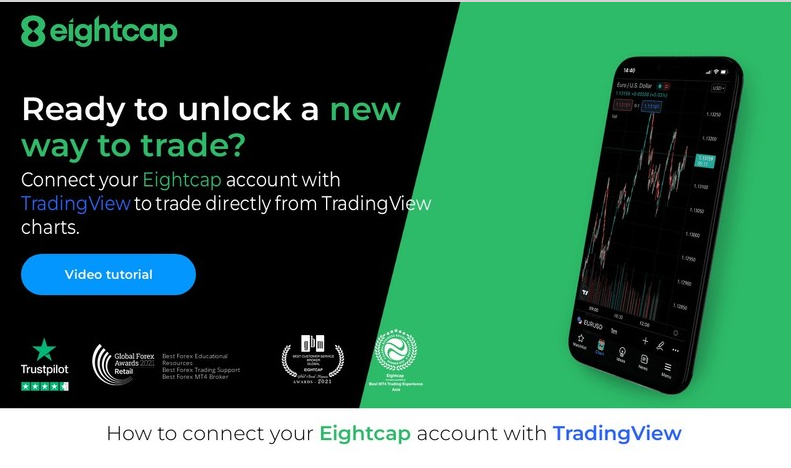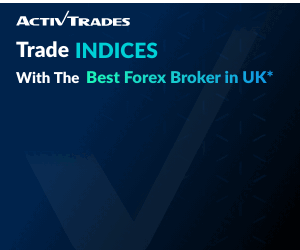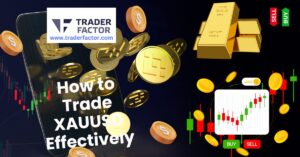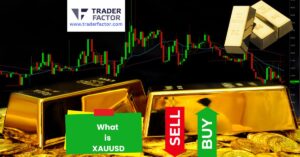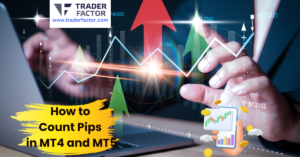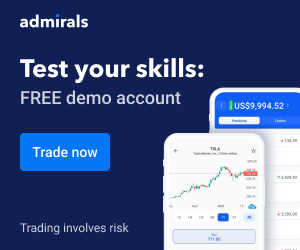Discover the secrets to successful high-frequency forex trading with our comprehensive guide. Learn proven techniques and increase your profits today!
Are you a forex trader looking to increase your profits from the market? Then high-frequency trading might just be what you need. It’s an algorithmic platform for executing automated trading for large volumes of orders in short liquidation windows.
As confirmed by flash boys, a wall street revolt, high-frequency trading has become one of the most reliable tools for generating successful returns on investment for forex traders. It’s proven to be a very effective way to maximize forex profits.
In this article, we will show you how mastering the art of high-frequency trading strategy can help you earn more money while managing risk in today’s fast-paced forex markets. Keep reading.
What is High-frequency Trading?
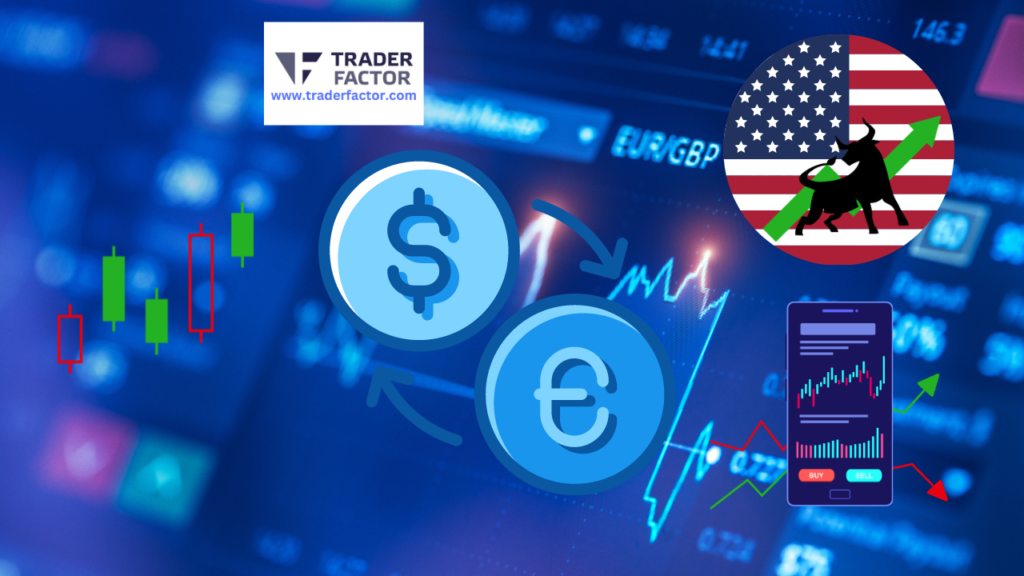
High-frequency forex trading is a strategy that uses powerful computer algorithms and software to buy and sell currencies rapidly, often within fractions of a second.
The goal is to profit from small price movements in the market by executing many trades in a short time. This type of trading relies heavily on technology and can be done by institutional investors, hedge funds, and some retail traders with access to the necessary tools and infrastructure.
Forex Trading Techniques
Forex trading strategies are important sets of rules and principles that traders use to make trading decisions and execute trades in the foreign exchange market. A trading strategy is designed to help you achieve your trading objectives, whether it be generating profits, managing risk, or both.
Forex trading techniques come in different forms;
Algorithmic Trading
Algorithmic trading involves using computer programs to execute trades in financial markets. These programs are designed to follow a set of predefined rules and parameters, which are based on various market indicators and signals. This trading technique aims to reduce human errors and emotions in trading and increase the speed and efficiency of trade execution.
High-Frequency Trading Strategies
High-frequency trading (HFT) strategies involve using complex algorithms and computer programs to execute a large number of trades in a short period of time. HFT traders typically focus on taking advantage of small price movements and market inefficiencies that can occur within fractions of a second. These strategies require low latency, fast execution speeds, and access to high-quality market data.

Market Making
Market making is a trading technique that involves buying and selling securities to provide liquidity to the market. Market makers are typically financial institutions that buy securities at a lower price and sell them at a higher price, earning a profit on the spread. They help to ensure that there is always a buyer and seller for securities, which helps to increase market efficiency and liquidity.
Latency Arbitrage
Latency arbitrage is a trading technique that exploits the time delay between different exchanges and trading platforms to profit. This strategy involves buying and selling securities quickly, taking advantage of price discrepancies due to delays in market data and trade execution. It requires fast execution speeds and access to multiple trading platforms.
Trend Following
Trend following is a trading technique that involves identifying and following trends in the market. Traders using this strategy will typically buy when the market is trending up and sell when the market is trending down. This technique relies on technical analysis and market indicators to identify trends and make trading decisions.

Statistical Arbitrage
Statistical arbitrage is a trading technique that identifies and exploits price discrepancies between statistically related securities. This strategy involves buying and selling securities based on their historical relationships and correlations. It requires sophisticated statistical analysis and modelling techniques to identify and quantify these relationships.
Trading Tools For High-Frequency Forex Trading
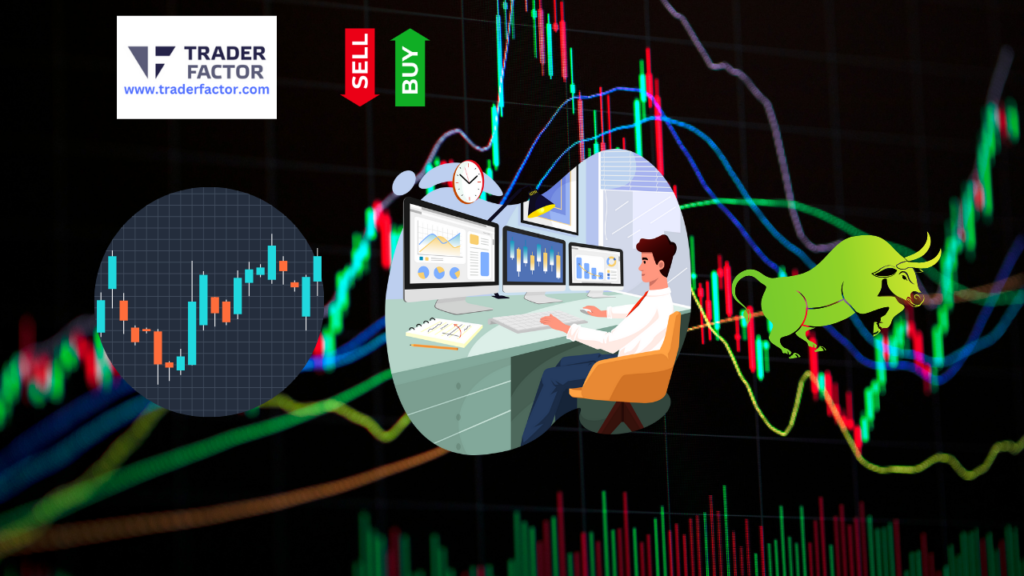
Forex trading tools are software applications or platforms developed to help traders identify entry and exit points in the currency markets. These tools can provide an edge for traders, helping them to make better decisions with their trades. Here are some of the most popular forex trading tools;
Forex Trading Software
Forex trading software is any software application designed to help traders make trading decisions and execute trades in the forex market. Trading software includes charting, trading platforms, and other analytical tools. Popular forex trading software includes MetaTrader, TradingView, and cTrader.

High-Frequency Trading Platforms
High-frequency trading HFT platforms are designed to allow traders to execute trades at very high speeds and with minimal latency. It typically use advanced algorithms and data processing capabilities to execute trades in fractions of a second. Examples of HFT platforms for forex trading include Rithmic, MFGtrading and CQG.
Order Management Systems
Traders use order management systems (OMS) to manage their orders and positions in the forex market. OMS can help traders execute trades quickly and efficiently and manage their risk exposure. It can be integrated with a trading platform and other trading software to provide a seamless trading experience.
High-Speed Data Feeds
High-speed data feeds are designed to provide traders with real-time market data at very high speeds. These data feeds can include price quotes, news releases, and other market information. It can be critical for traders using HFT strategies, as even small delays in data can result in missed trading opportunities.
Algorithmic Trading Tools
Algorithmic trading tools are designed to help traders execute trades based on predefined algorithms and rules. These tools can include backtesting software, which allows traders to test their trading strategies against historical data, and optimization tools, which help traders optimize their trading strategies for specific market conditions.

Trading Bots
Trading bots are software applications that can be programmed to execute trades automatically based on predefined rules and algorithms. It can be used to execute trades 24/7.
They can help traders take advantage of market opportunities even when they are not able to monitor the market actively. However, it is important to note that trading bots can be risky and result in significant losses if not used properly.
Market Analysis For High-Frequency Forex Trading
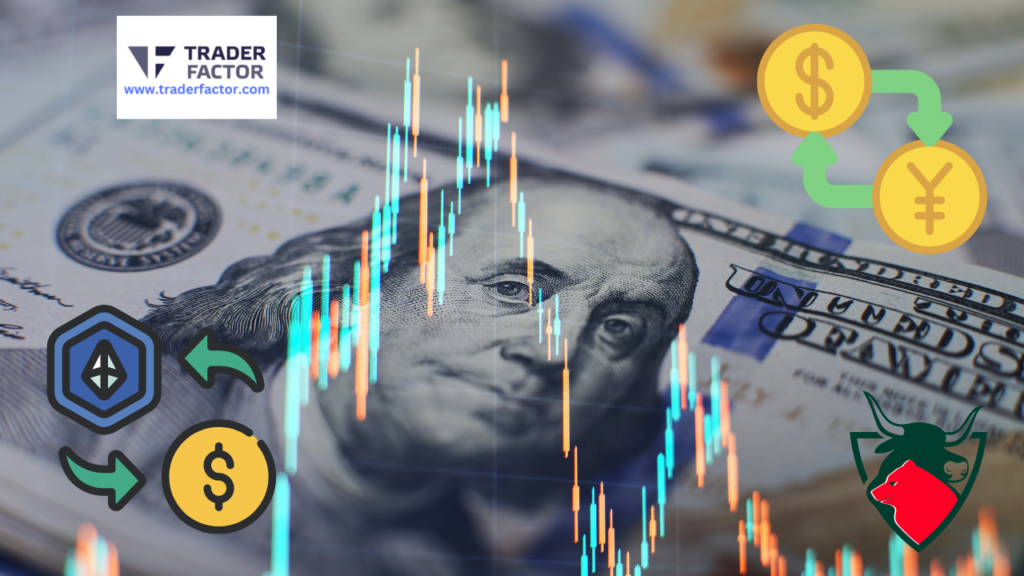
Forex market analysis involves analyzing the current and past price action in the currency markets to identify potential trading opportunities. It is used by traders to make informed decisions on when to enter or exit a trade, helping them to maximize their profits and minimize their losses. Traders look at both fundamental and technical factors in forex market analysis to gain an edge in their trading.
Forex Market Structure
The forex market is made up of two tiers: the spot market and the derivatives market. The spot market is where traders buy and sell currencies directly for immediate delivery, while the derivatives market is where derivative instruments such as forwards, futures, swaps and options are traded.
In the spot market, traders typically enter into contracts with each other for a set amount of currency at a specific exchange rate. This gives them the right to buy or sell those currencies at that rate on an agreed-upon date in the future.
On the other hand, derivatives are agreements between parties in which they agree to pay each other based on changes in the prices of certain assets over a certain period of time.

Forex Market Trends
Forex markets can be volatile, but they also tend to follow recognizable trends that can be identified by careful analysis of price movements over time. Long-term trends tend to last for months or even years, while short-term trends occur over a period of days or weeks. By following these trends, traders can identify potential opportunities in the markets and take advantage of them.
Market Volatility
Volatility in the forex markets can be caused by changes in geopolitical factors, economic indicators, central bank policies or by traders speculating on news and events that may affect currency values. Understanding what causes volatility and how to respond to it is essential for successful trading in the forex markets.
Forex Market Cycles
Just like other financial markets, forex markets go through predictable cycles that repeat themselves over time. These cycles include uptrends (bullish), downtrends (bearish) and ranging periods (sideways). Identifying these cycles helps traders identify potential opportunities when trading currency pairs in the forex markets.
Technical Analysis
Technical analysis involves using charting tools such as trend lines and moving averages to identify patterns in price movement which may give clues about future price movements and trend reversals. Many professional traders rely heavily on technical analysis to inform their trading decisions when trading currency pairs in the forex markets.

Fundamental Analysis
Fundamental analysis involves looking at various macroeconomic indicators such as GDP growth rates, inflation levels or interest rate decisions to determine their impact on currency prices.
Fundamental analysis is often used by long-term investors as well as short-term day traders who want to assess whether a currency pair is likely to appreciate or depreciate over time due to changes in economic fundamentals.
Risk Management For High-Frequency Forex Trading
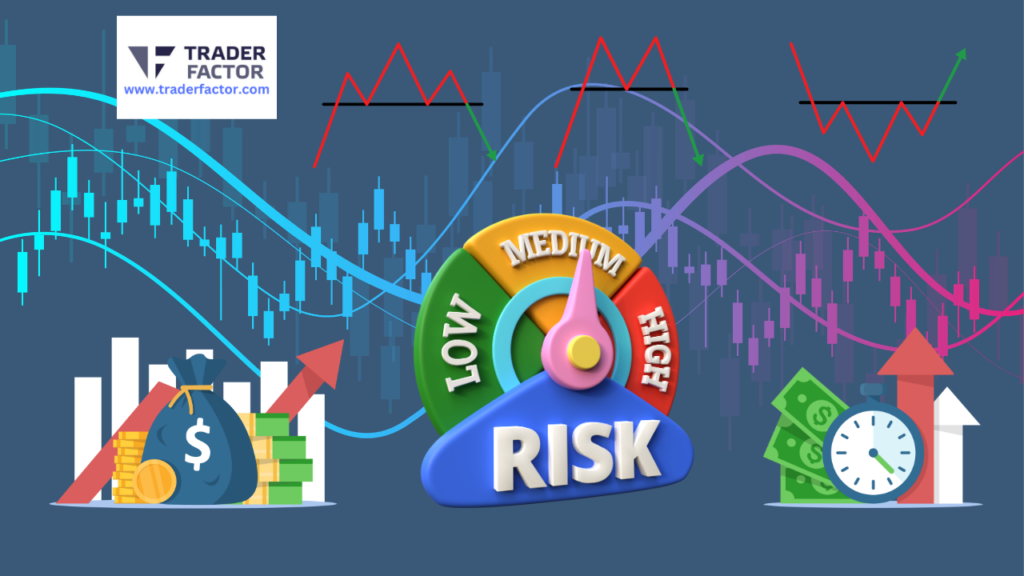
Forex risk management strategies are methods used to minimize the potential negative impact of currency fluctuations on a portfolio or investment. Some common forex risk management strategies include:
Position sizing
Position sizing determines how much of a portfolio should be allocated to a particular trade or investment. This involves considering factors such as the portfolio’s size, the trade’s risk level, and the potential return. By sizing positions appropriately, traders can limit potential losses and manage risk.
Stop loss management
Stop loss management is a strategy that involves setting specific stop loss orders to minimize losses on trades. This involves determining an appropriate stop loss level based on the risk level of the trade and the trader’s risk tolerance. By using stop loss orders, traders can limit potential losses and manage risk.
Hedging

Hedging is a strategy that involves taking a position in an asset that is negatively correlated with another asset in the portfolio. For example, if a trader has a long position in a stock, they may hedge their position by taking a short position in a related stock or index. This helps to offset potential losses and manage risk.
Monitoring economic events
Economic events such as interest rate decisions, political developments, and economic data releases can significantly impact currency prices. Traders monitoring these events can adjust their trading strategies to manage risk.
Portfolio diversification
Portfolio diversification is a risk management strategy involving investing in various assets across different markets and sectors. This helps to reduce the risk of losses from a single asset or market, as losses in one area may be offset by gains in another. A well-diversified portfolio typically includes a mix of stocks, bonds, commodities, and other assets.

Volatility management
Volatility management is a risk management strategy that involves adjusting trading strategies based on the level of volatility in the market. This may involve reducing position sizes or adjusting stop loss levels during periods of high volatility. By managing volatility effectively, traders can limit potential losses and manage risk.
Trading Strategies For High-Frequency Forex Trading
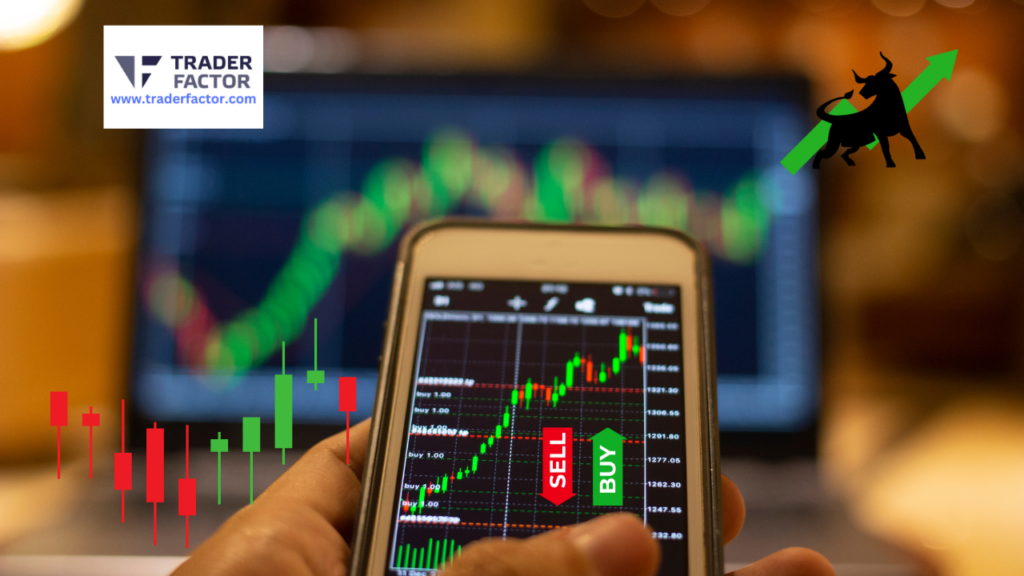
Forex trading strategies are the tools that traders use to identify entry and exit points in the currency markets. They help traders capitalize on market trends and develop a profitable trading plan. These strategies are derived from simple technical analysis indicators like moving averages, trend lines and support/resistance levels to complex algorithmic systems considering multiple factors.
Forex Scalping
Forex scalping is a short-term trading strategy involving taking multiple trades within a day or even a few minutes. The goal of scalping is to make small profits on many trades by taking advantage of small price movements in the market. Scalping typically involves using a high level of leverage and taking small position sizes.
Day Trading
Day trading is a strategy that involves opening and closing trades within the same trading day. Day traders often use technical analysis to identify short-term price movements and take advantage of these movements to make profits. Day traders typically use lower levels of leverage than scalpers and may hold positions for several hours or less.
Swing Trading
Swing trading is a medium-term trading strategy that involves holding trades for a few days to a few weeks. Swing traders typically use a combination of technical analysis and fundamental analysis to identify opportunities in the market. Swing traders often use higher levels of leverage than day traders and may take larger position sizes.

Position Trading
Position trading is a long-term strategy involving holding trades for weeks, months, or even years. Position traders typically use fundamental analysis to identify long-term trends in the market and take advantage of these trends to make profits. Position traders typically use lower leverage levels than swing traders and may take smaller positions.
Trend Trading
Trend trading is a strategy that involves identifying the direction of a long-term trend in the market and taking trades in the direction of that trend. Trend traders often use technical analysis to identify trends and may use a combination of other indicators to confirm the trend’s strength. Trend traders typically hold positions for several days or weeks.
Breakout Trading
Breakout trading is a strategy that involves identifying key levels of support and resistance in the market and taking trades when the price breaks through these levels. Breakout traders often use technical analysis to identify key levels and may use other indicators to confirm the strength of the breakout. Breakout traders typically hold positions for several days or weeks.
FAQs
How does high-frequency forex trading work?
High-frequency Forex trading involves the use of automated algorithms and computer programs to rapidly buy and sell currencies with the intention of making a profit on small price movements. This style of trading is often referred to as day trading as most trades occur within 24 hours or less.
What are the risks of high-frequency forex trading?
The risks of high-frequency forex trading include the possibility of incurring significant losses due to market volatility and sudden price changes and the monetary costs associated with rapid trading.
How do I start high-frequency forex trading?
To start high-frequency Forex trading, an individual must first identify a suitable broker and develop their own trading strategies tailored to their level of risk tolerance.
What software is used for high-frequency forex trading?
The algorithm software used for high-frequency Forex trading typically involves automated charting software, which allows traders to monitor the markets in real-time.

What is the best high-frequency forex trading strategy?
The best high-frequency Forex trading strategy depends on the individual trader’s risk tolerance and market outlook. However, some popular techniques include scalping, pivot points and price action analysis.
How do I avoid getting burned out with high-frequency forex trading?
To avoid getting burned out with high-frequency Forex trading, it is important to set realistic goals and limit time spent on the markets each day. Additionally, incorporating rest periods for trading breaks and understanding risk management techniques are essential for avoiding burnout.
Conclusion
A high-frequency trading system can be a great tool for making profits in forex trading. Mastering the art of high-frequency forex trading may not be easy or a straightforward task, but with determination and perseverance, it will certainly pay off.
Furthermore, traders should strive to stay ahead of the competition by staying updated with trends and price patterns and continuously testing different forex strategies. Ready to join high-frequency traders? Choose an Automated Forex Trading Systems in the Trader Factor and experience the change.
Read these next;
Forex for Beginners: What You Need to Know To Get Started
Best Trading Sessions At Forex Markets
Factors That Affect The Exchange Rate In 2023
Disclaimer:
All information has been prepared by TraderFactor or partners. The information does not contain a record of TraderFactor or partner’s prices or an offer of or solicitation for a transaction in any financial instrument. No representation or warranty is given as to the accuracy or completeness of this information. Any material provided does not have regard to the specific investment objective and financial situation of any person who may read it. Past performance is not a reliable indicator of future performance.
FOLLOW US
Author
-
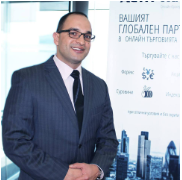
Zahari Rangelov is an experienced professional Forex trader and trading mentor with knowledge in technical and fundamental analysis, medium-term trading strategies, risk management and diversification. He has been involved in the foreign exchange markets since 2005, when he opened his first live account in 2007. Currently, Zahari is the Head of Sales & Business Development at TraderFactor's London branch. He provides lectures during webinars and seminars for traders on topics such as; Psychology of market participants’ moods, Investments & speculation with different financial instruments and Automated Expert Advisors & signal providers. Zahari’s success lies in his application of research-backed techniques and practices that have helped him become a successful forex trader, a mentor to many traders, and a respected authority figure within the trading community.
View all posts

